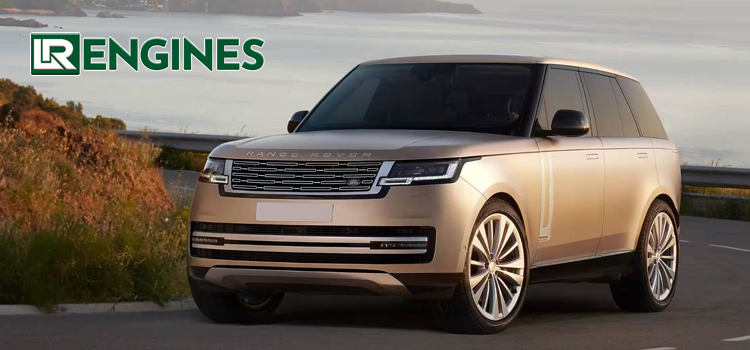What Are The Benefits Of The Variable Valve Lift System In The Range Rover 2.0 Engine?

Introduction
The relentless pursuit of automotive innovation has led to the development of various technologies aimed at enhancing engine performance and efficiency. Among these advancements is the variable valve lift system, a sophisticated mechanism designed to optimize airflow and fuel combustion within the engine cylinders. We delve into the intricacies of the variable valve lift system as implemented in the Range Rover 2.0 engine, exploring its benefits and how it contributes to elevating the driving experience.
Understanding Variable Valve Lift
The variable valve lift system operates on the principle of adjusting the lift of the intake and exhaust valves according to engine demands. Unlike traditional fixed valve systems, which have a constant valve lift, variable valve lift technology enables dynamic control over valve operation. This flexibility allows for more precise management of airflow and combustion, thereby enhancing engine performance and efficiency.
Optimizing Airflow Dynamics
One of the primary advantages of the variable valve lift system is its ability to optimize airflow dynamics within the engine cylinders. By adjusting the lift of the intake valves, the system can modulate the volume of air entering the combustion chamber, ensuring an optimal air-fuel mixture for combustion. This optimized airflow facilitates improved engine breathing, resulting in enhanced power output and responsiveness.
Enhancing Fuel Efficiency
In addition to boosting performance, the variable valve lift system plays a crucial role in improving fuel efficiency. By fine-tuning valve lift according to driving conditions, the system can optimize combustion efficiency, extracting more energy from each unit of fuel. This enhanced efficiency not only reduces fuel consumption but also lowers emissions, aligning with the growing emphasis on environmental sustainability in the automotive industry.
Increasing Power and Torque
The dynamic control provided by the variable valve lift system enables the engine to deliver greater power and torque across a wider range of operating conditions. By adjusting valve lift based on factors such as engine speed and load, the system maximizes cylinder filling and combustion efficiency, translating into improved performance on the road. Whether accelerating from a standstill or overtaking at highway speeds, drivers can experience a more responsive and exhilarating driving experience.
Fine-Tuning Engine Response
Beyond sheer power and torque, the variable valve lift system allows for precise fine-tuning of engine response according to driver inputs. By modulating valve lift, the system can tailor throttle response to suit different driving scenarios, from leisurely cruising to spirited driving. This adaptive nature ensures that the engine delivers the desired level of performance and refinement, enhancing the overall driving dynamics of the vehicle.
Adaptive Valve Timing
In conjunction with variable valve lift, the Range Rover 2.0 engines may also incorporate adaptive valve timing technology. This further enhances engine efficiency by adjusting the timing of valve opening and closing events to optimize combustion characteristics. By synchronizing valve operation with engine speed and load, adaptive valve timing ensures optimal performance and efficiency across a broad range of driving conditions.
Seamless Integration with Engine Management Systems
The variable valve lift system in the Range Rover 2.0 engine is seamlessly integrated with sophisticated engine management systems, allowing for precise control and coordination of various engine functions. Through advanced electronic control algorithms, the system can adapt valve lift and timing in real-time to maintain optimal performance and efficiency. This synergy between hardware and software underscores the seamless integration of cutting-edge technologies in modern automotive engineering. Best details about the range rover here at the https://www.lrengines.co.uk/ .
Future Implications and Advancements
As automotive technology continues to evolve, the variable valve lift system is poised to undergo further advancements and refinements. From enhanced control algorithms to integration with hybrid and electrified powertrains, future iterations of the system promise even greater gains in performance, efficiency, and sustainability. The relentless pursuit of innovation ensures that the Range Rover 2.0 engine remains at the forefront of automotive engineering, setting new benchmarks for powertrain excellence.
Conclusion
The variable valve lift system represents a pinnacle of automotive engineering, offering a harmonious balance between performance and efficiency in the Range Rover 2.0 engine. By dynamically adjusting valve lift and timing, this sophisticated technology optimizes airflow, enhances combustion, and elevates the driving experience to new heights. As the automotive industry embraces innovation, the variable valve lift system stands as a testament to the relentless pursuit of excellence in engineering and design.

